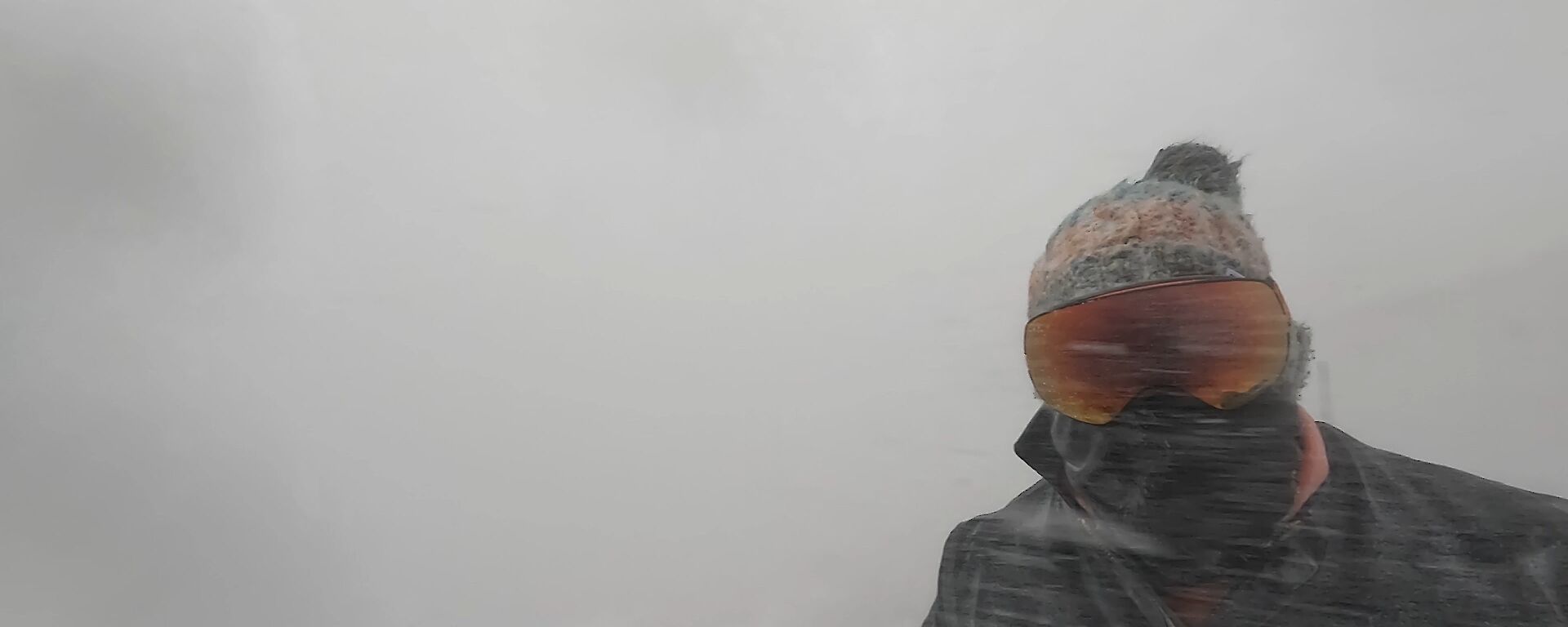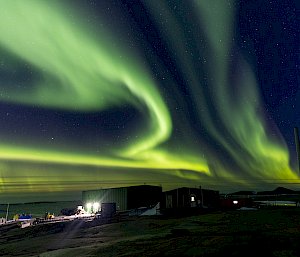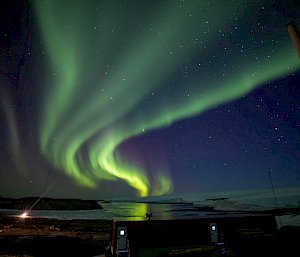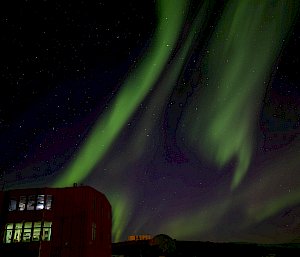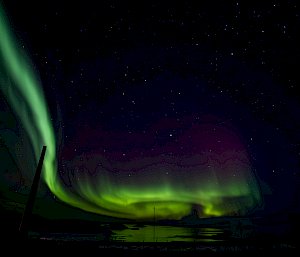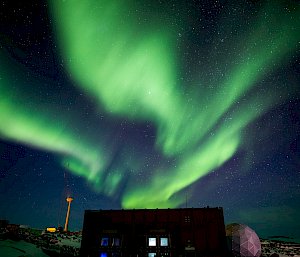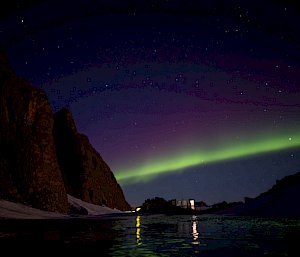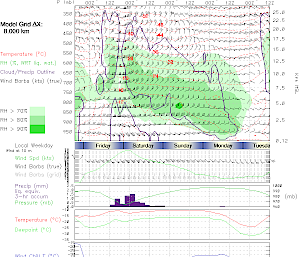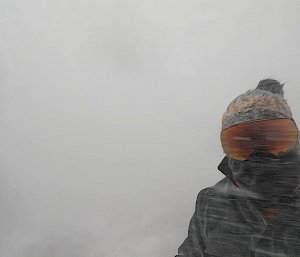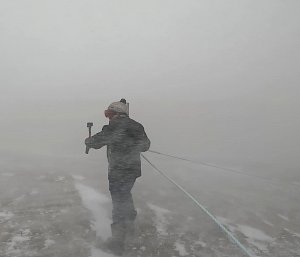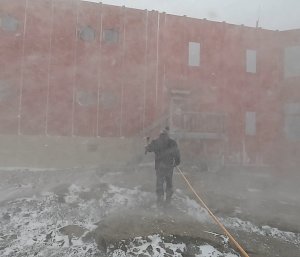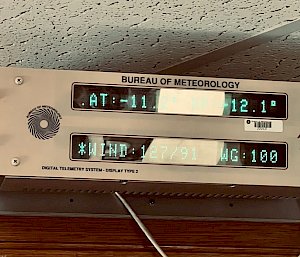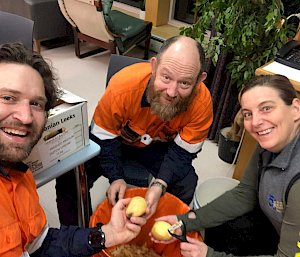Now, when you first think of Antarctica your mind most likely goes to frosty, windswept wintery landscapes with ice, icebergs and isolation as far as the eyes can see.
Next you probably venture to the adorable critters that also call this continent home, porpoising Adélie penguins, lazing Weddell seals, stoic emperor penguins braving the harsh Antarctic winters and maybe the occasional orca or humpback whale breaching and exhaling loudly as they swim by.
For me, my mind then tries to add some colour to this blueish white monochrome scene. The occasional bright yellows of polar domes scattered around field camps, bright red zodiacs shooting along the coast, the orange Hägglunds as it makes its way up the plateau to a far off brightly painted hut. The best saturation of colours in Antarctica happens at night though. The shimmering and swirling rivers of reds, blues, purples and greens of the aurora australis as it dances across the continent are images that captivate and excite all who see them.
Mawson sits in a prime location inside the southern auroral oval which makes it’s a fantastic place to view the amazing aurora australis.
So, what is an aurora?
An aurora explained simply, is an interaction of solar winds and the earth’s magnetic field. The solar winds are made up of charged particles emanating from the sun. These particles get captured by the earth’s magnetic field and are drawn towards the earth's poles at a very high speed. We see the aurora australis when these charged particles collide with atoms and molecules in the ionosphere, changing this kinetic energy into a stunningly dramatic, visible light energy.
As an aurora is essentially billions of collisions of particles and atoms, and as no two collisions are the same, auroras present differently every single time you see them. They will generally present as a beautifully paced, slow moving wave that glides across the sky like a shimmering curtain. Here at Mawson we will always see greens and occasionally reds with hints of blues and purples to the naked eye on the fringes of the arcs. Shades of greens are the most common colours in an aurora, the greens are caused by the ions colliding with oxygen at lower altitudes (approx. 100 km high). Reds are the next most common, which are caused by collisions with oxygen at much higher altitudes (200–400 km high). Collisions with nitrogen atoms cause blue, purple, pink and reddish lights – often visible on an aurora’s lower fringes. Hydrogen and helium can also produce blue and purple auroras. However, these aren't very visible to our eyes and we rely on camera equipment to see these.
There are a couple of different ways to describe the shapes of auroras. These include arcs, arches, bands, rays and coronas. Auroras can present as a grand arc stretching across the sky from east to west. Usually it is green with fuzzy edges. The bottom of the arc is quite sharp while the upper edge is blurred. If you are lucky, the arc can be active and start moving so it looks like curtains. An aurora band is similar to an arc but is a bit more irregular and wavy, they are almost snake like and can be twisting and curving in structure. If you stand right underneath the aurora and view it in the same direction as the magnetic field, the aurora rays appear to originate from one single point and radiate outwards. This is called a corona (and is probably my personal favourite!). The most common aurora though is called diffused or patchy southern lights. They are difficult to see because they lack shapes and may just appear as a soft glow over big sections of the sky. We don’t get too many of these at Mawson though, but this might be a bit more common in Southern Australia and New Zealand.
We are very lucky here at Mawson to see these phenomenal light shows most weeks, sometimes even every night for weeks at a time! It’s an image most of us will remember for the rest of our lives.
Troy

